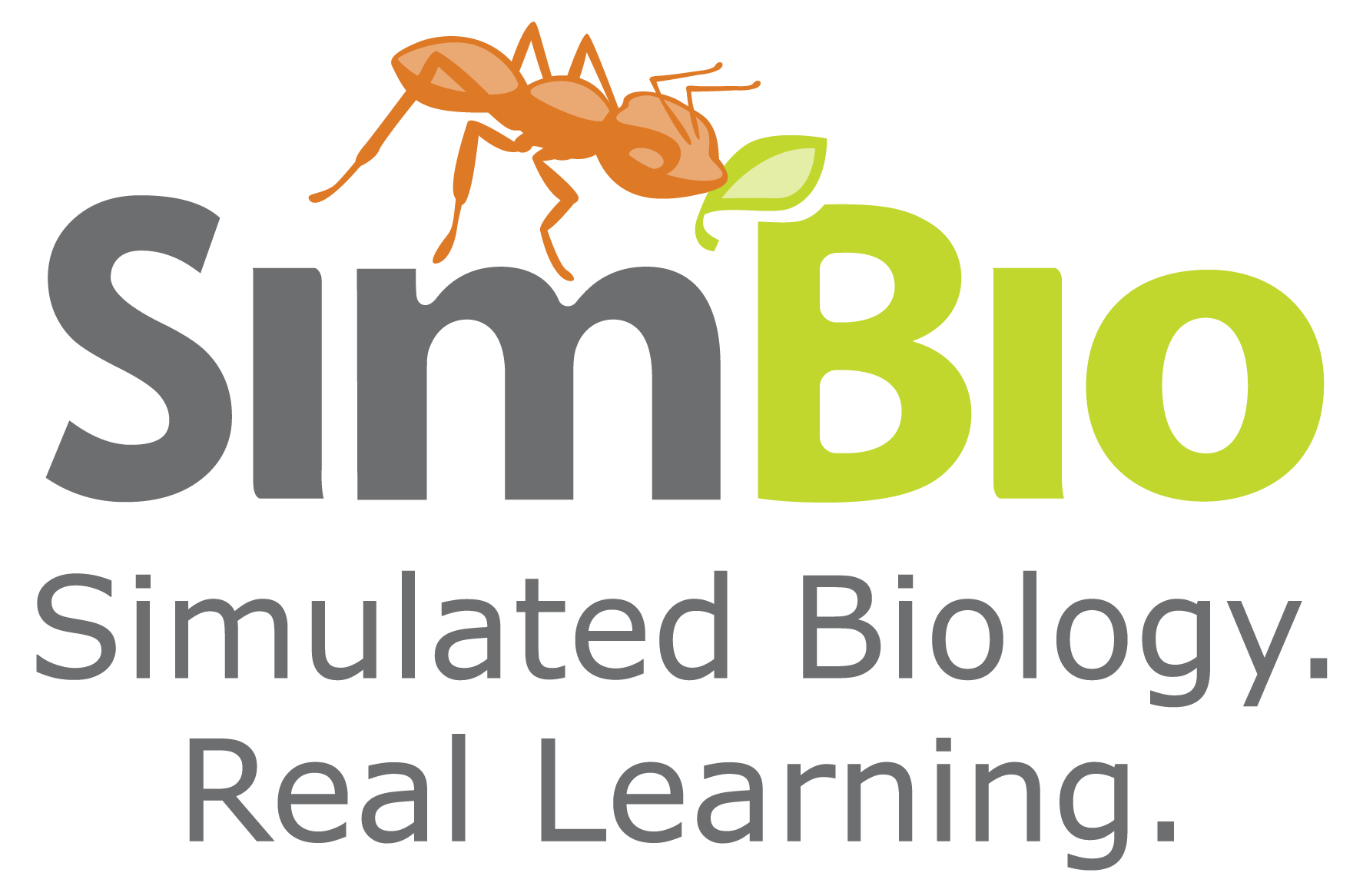Malawian Aquaculture Pond Ecosystem Challenge
Author(s): Jessica Coyle
Saint Mary's College of California
1144 total view(s), 870 download(s)
Malawian Aquaculture Pond Ecosystem Challenge Slides.pptx(PPTX | 9 MB)
Malawian Aquaculture Pond Ecosystem Challenge.pdf(PDF | 491 KB)
Figures.zip(ZIP | 340 KB)
Malawian Aquaculture Pond Ecosystem Challenge Editable Student Worksheets.docx(DOCX | 278 KB)
Teaching Notes.pdf(PDF | 121 KB)
- License terms
Description
Learning Objectives: Students will be able to…
-
Describe how biomass flows in ecosystems.
-
Understand how detritus is generated in ecosystems.
-
Explain why secondary production is less than primary production.
-
Calculate secondary production using trophic efficiencies.
Details
This case study is a stand-alone activity that could be implemented during a lecture-format class or as a take-home activity. During the activity students work in pairs to design an aquaculture pond with a food chain that will support either shrimp or fish as a food source for a rural Malawian village. At the end of the exercise, students present their ponds to the class and the class discusses aspects of the pond ecosystem than increase secondary production along with simplifying assumptions that went into the calculations.
The activity is designed as a handout along with optional slides. If the activity is completed during class, the instructor can use the slides provided to give background information rather than have students read the background information on the handout. These slides also contain a pre- and post-activity assessment.
This case study was originally developed in an upper-division introductory ecology course with 16 students. It was utilized during a 90 minute lecture on production and nutrient cycles to reinforce concepts that students already learned by completing the SimBio SimUText chapter on Ecosystem Ecology. However, the activity is meant to be adapted for any setting in which students have the relevant background knowledge. Students should be familiar with terminology used in ecosystem ecology (e.g., pool, flux, production, turnover, residence time). The instructor can steer weaker students toward the less complex food chain (shrimp) and stronger students toward the more challenging food chain (chambo).
Materials Included
-
Malawian Aquaculture Pond Ecosystem Challenge.pdf This document contains instructions for teaching the activity and student worksheets.
-
Malawian Aquaculture Pond Ecosystem Challenge Editable Student Worksheets.docx A word document of the student worksheets found in the previous pdf file in case the instructor needs to modify them.
-
Malawian Aquaculture Pond Ecosystem Challenge Slides.pptx A powerpoint file with slides that introduces the activity with background on Malawi and aquaculture.
-
Figures.zip A folder containing svg vector images of the original art created for this activity along with png versions of them.
-
Teaching Notes.pdf A document describing how this activity was used in the classroom.
Cite this work
Researchers should cite this work as follows:
- Coyle, J. (2019). Malawian Aquaculture Pond Ecosystem Challenge. SimBio FMN (2019), QUBES Educational Resources. doi:10.25334/N0VP-BZ73
